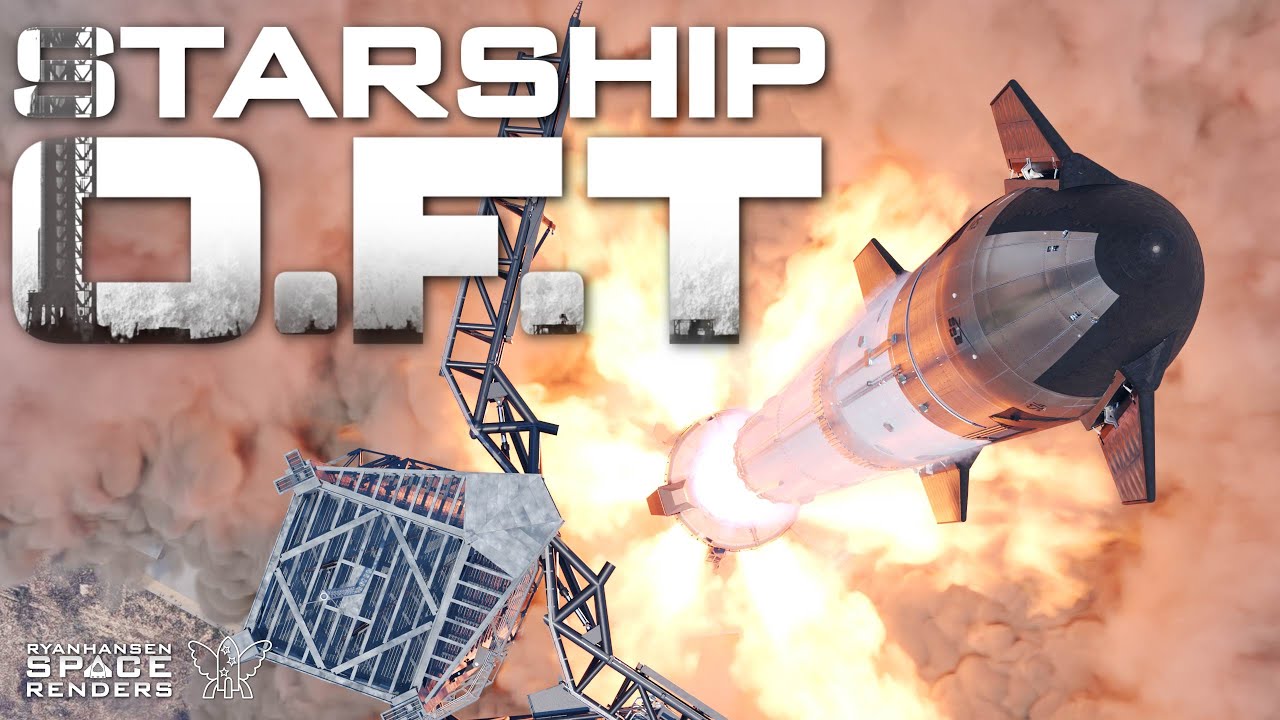A consortium of space artists, animators, and musicians spent almost nine months producing this twenty minute computer animated video depicting an early orbital flight test of the SpaceX Starship. This is a mission different than that planned by SpaceX for the first flight, which does not (at this time) envision returning the Super Heavy booster to the launch pad or deploying Starlink satellites from the ship.
In today’s thoroughgoing vacuum of inspiration, this is a marvelous exception. Elon Musk and the large team he has put together, demonstrate the capabilities of organized, focused human effort. It is one of few optimistic endeavors afoot.
My first impression is the engineering which allows for survival of the launch platform and hold-down apparatus in the face of the “in thrust we trust”.
Second was surprise that the grid fins atop the booster appeared to be deployed at a 90 degree angle to the airstream during ascent. Unnecessary drag? (I kind of doubt that was an oversight, somehow).
SpaceX concluded that the weight savings by having the grid fins permanently extended and the attendant simplification of the actuator mechanism, increased performance even considering the added drag. With the diameter of the vehicle being 9 metres, the frontal area of the grid fins is small compared to the rest of the ship. Also, during ascent, drag is significant only during the first portion where the atmosphere is densest. On descent, the vehicle is moving faster when it encounters the dense lower atmosphere, so the grid fins have the necessary control authority.
In the first of the four part “Tour of SpaceX Starbase with Elon Musk”, Elon Musk said future versions of Super Heavy may reduce the number of grid fins to three or maybe even two, as that should be sufficient for guidance during the descent phase. This harks back to the Canadian bush pilot aphorism, “What you don’t have can’t break.”
